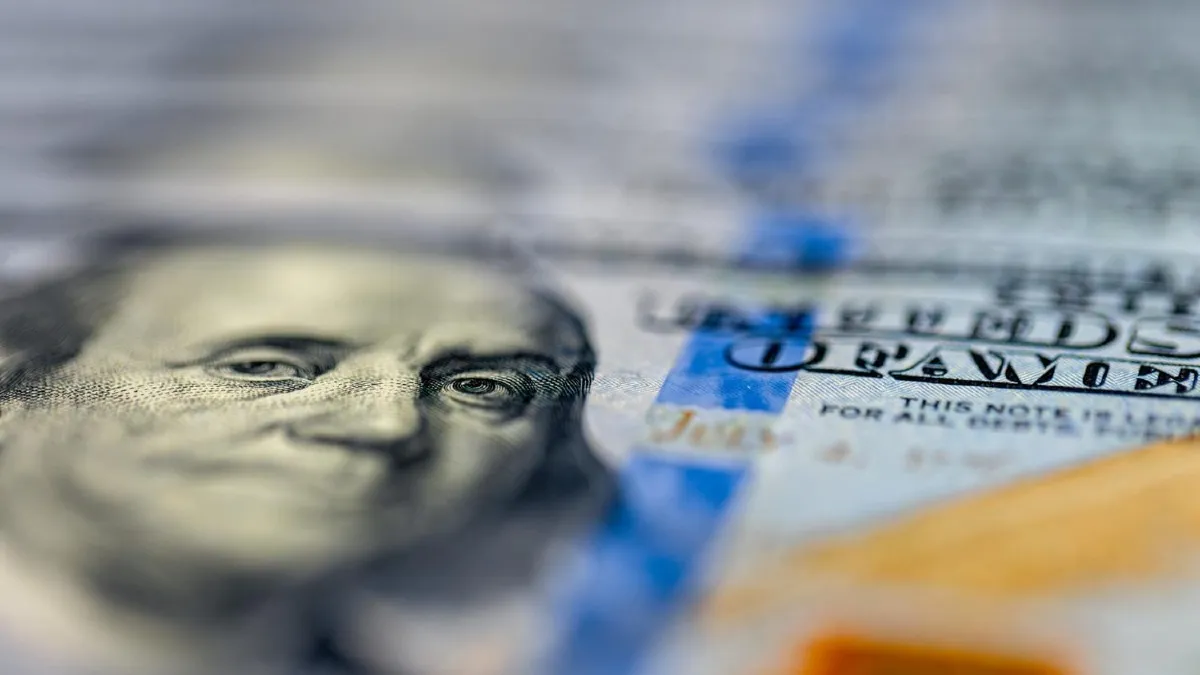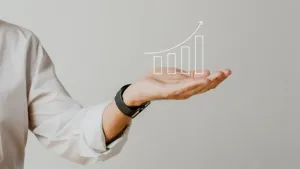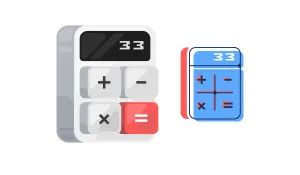When you start your investing journey, you will hear two words over and over: stocks and bonds.
Understanding the simple difference between them is the most important first step you can take. Every investment portfolio is just a mix of these two basic building blocks.
Here’s the easiest way to think about it:
- Stocks = Owning. You are an owner of the company.
- Bonds = Loaning. You are a lender to the company.
The Coffee Shop Analogy
Let's say your friend wants to open a coffee shop and needs $10,000.
Scenario 1: You Buy a "Stock"
You believe in your friend and their shop. You give them the $10,000, and in return, you become a 50% owner.
- The Upside: If the shop is a huge success and becomes a chain worth $1 million, your 50% stake is now worth $500,000. You also get 50% of the profits (this is called a dividend).
- The Downside: If the shop fails, you lose your entire $10,000. You are the owner, so you are last in line to get paid.
This is what a stock is. You are buying a small piece of ownership in a company (like Apple, Amazon, or Google) hoping it will grow in value.
Scenario 2: You Buy a "Bond"
You aren't sure if the shop will be a success, but you trust your friend to pay you back. You agree to lend them the $10,000.
In return, your friend gives you an I.O.U. (this is the "bond") that promises two things:
- To pay you 5% interest (a "coupon") every year. That's $500 in your pocket each year.
- To pay you back your original $10,000 in full after 5 years (the "maturity date").
- The Upside: Your upside is capped. You get your $500 in interest and your $10,000 back. You get this even if the shop becomes a $1 million success. You don't own any of it.
- The Downside: Your risk is much lower. If the shop fails, you are a lender, not an owner. You are first in line to get paid back whatever is left (like the money from selling the espresso machine).
This is what a bond is. You are loaning money to a company or a government in exchange for regular interest payments and a promise to get your original loan back.
Head-to-Head: The Simple Breakdown
| Feature | Stocks (Ownership) | Bonds (Loan / I.O.U.) |
| What You Are | An Owner | A Lender (like the bank) |
| How You Make Money | 1. Price goes up (Growth) 2. Profits are shared (Dividends) | 1. Regular interest payments (Income) 2. Get your original loan back |
| Primary Goal | To grow your money | To get reliable income & stability |
| Risk Level | Higher. Your investment can go to zero. | Lower. You are first in line to get paid back. |
| Role in a Portfolio | The Engine (provides power and growth) | The Brakes (provides safety and control) |
Why Do You Need Both?
You don't buy either stocks or bonds; you buy a mix of both.
- Stocks are your engine for growth. They are what will make your money grow significantly over the next 10, 20, or 30 years. But they come with a bumpy ride (volatility).
- Bonds are your shock absorbers. When the stock market is crashing, bonds (especially government bonds) often stay stable or even go up. They smooth out the ride and protect your money.
A young investor (age 25) might have a portfolio that is 90% stocks and 10% bonds. They want all the growth they can get.
A retired investor (age 65) might have 50% stocks and 50% bonds. They want to protect their money and earn steady income from their bond payments.
So by mixing the two, you create a balanced portfolio that can grow while still letting you sleep at night.






